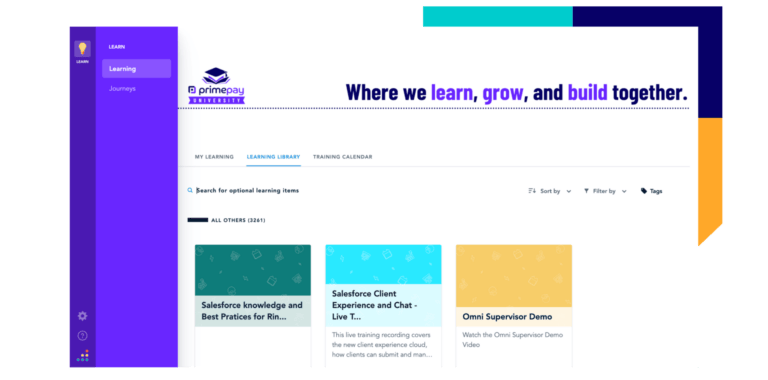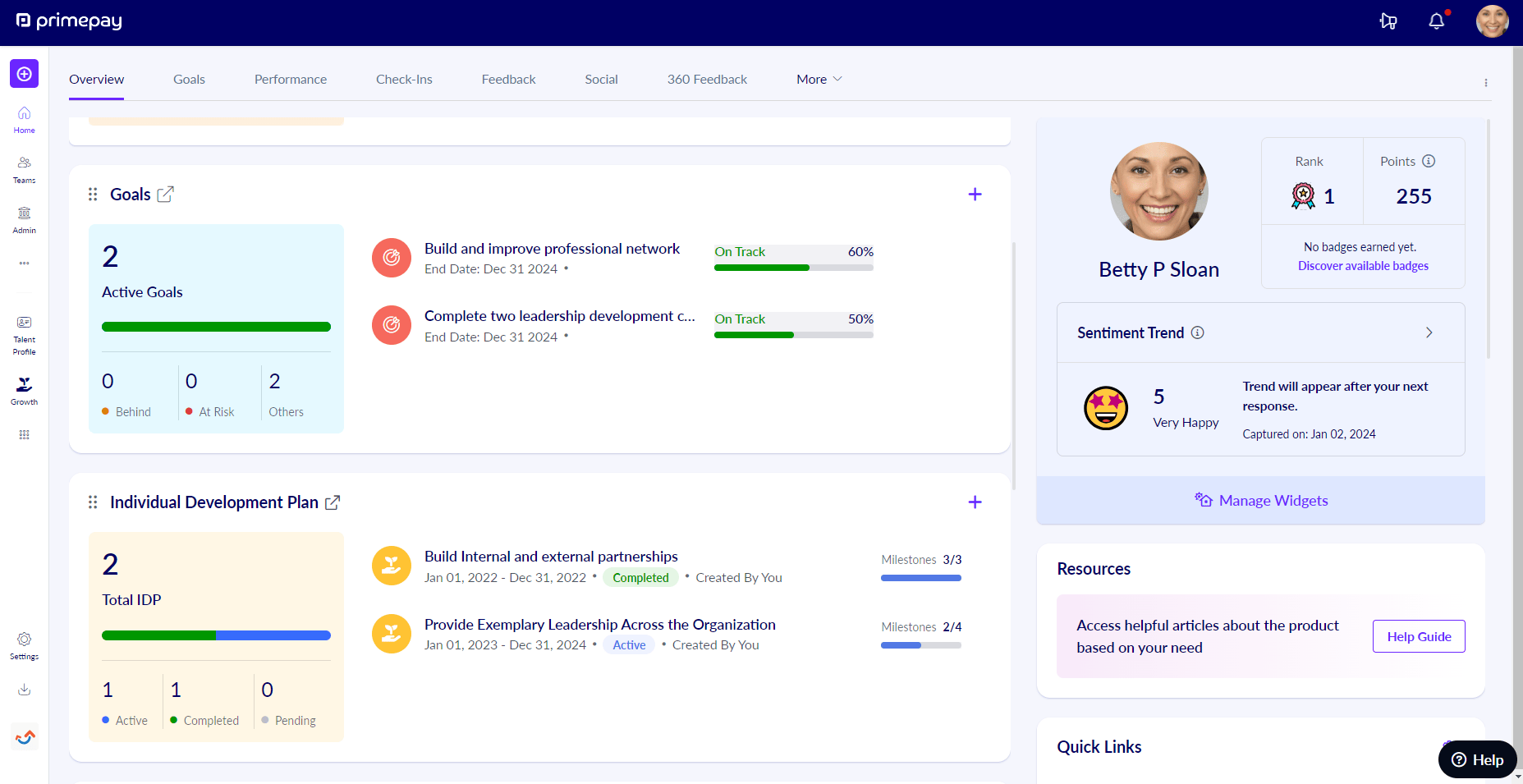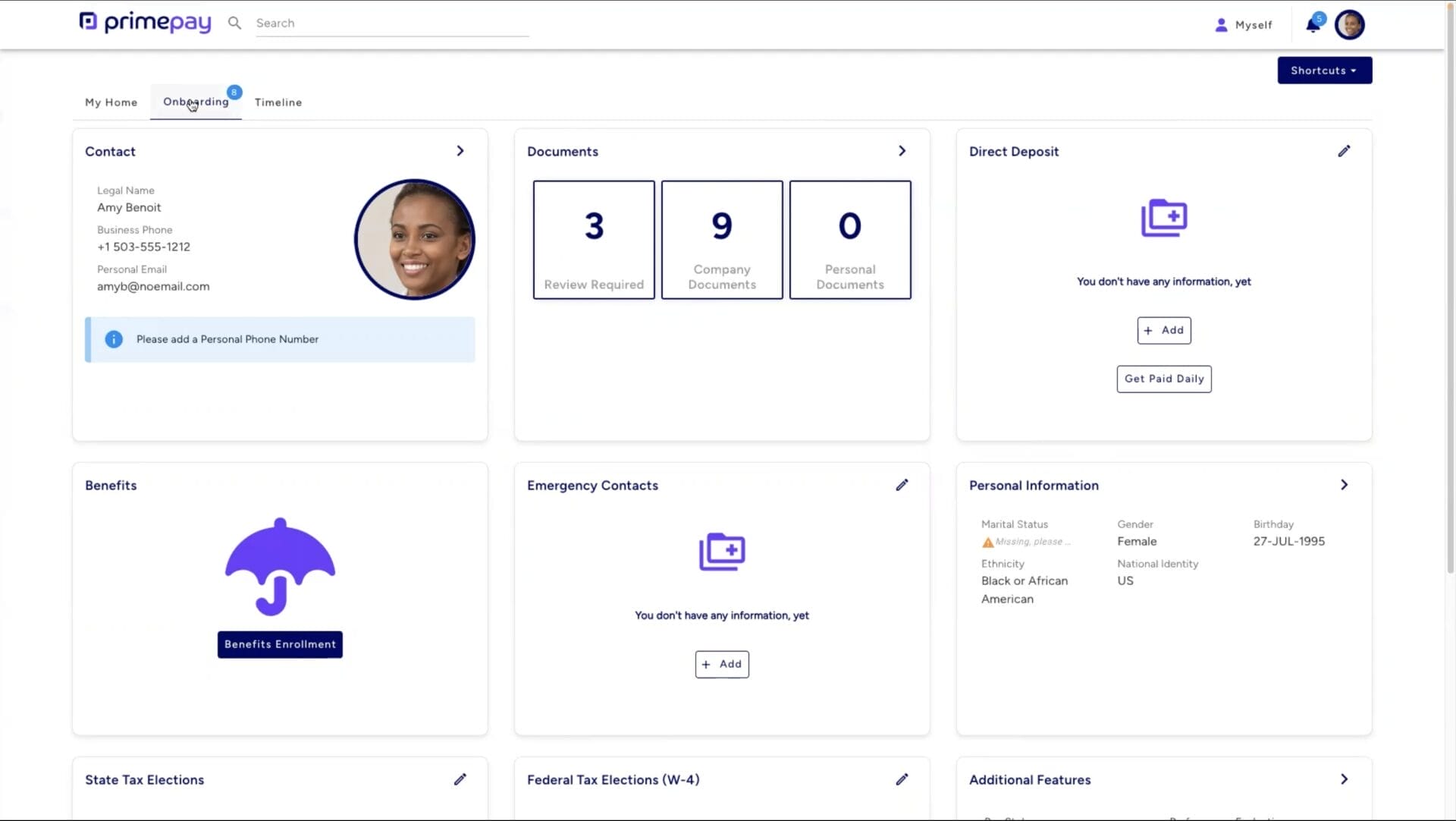Have you ever left a brainstorming session only to think, “What now?” If so, you’re not alone. According to Entrepreneur, 46% of employees never know what to do after leaving a meeting.
This issue may result from a poor or rushed agenda, but more often than not, it’s caused by a larger problem lurking. Long story short, many businesses have a blindspot: they focus on their external audience (i.e. customers, investors, media, analysts, and community members) but overlook proper internal employee communication.
Unfortunately, poor communication with staff can quickly snowball and lead to significant consequences, such as lack of employee engagement, misunderstanding of company objectives, and poor morale.
While it’s clear that leaders should prioritize and improve their internal communication, it’s difficult to know where to start. Read our 11 employee communication best practices below to determine areas of opportunity so you can quickly take action.
1. Model Transparent Communication
Transparency in the workplace has been a buzzword for the last few years – and with good reason. Transparent employee communication builds trust, boosts business, increases employee morale, and reduces turnover.
That said, you can’t just declare you’re a transparent organization and expect employees to follow suit. Instead, leaders must implement practices and continuously model that behavior to build trust and openness in the organization.
Action Item: Use Town Halls or team stand-ups to model transparency. While it’s always easy to discuss wins, it’s potentially even more important to address tough topics such as regrettable turnover and low eNPS scores. Prepare beforehand and practice addressing follow-up questions to deliver accurate and thoughtful answers.
2. Establish Employee Communication Policies
It may seem basic (or a little micro-managey), but establishing communication policies helps people understand how to communicate effectively at work. When companies determine employee expectations and create rules around them, there are no gray areas.
I sent an urgent email; when can I expect a response? Check the policy. Where do we store and share strategy documents? Check the policy. Can I send a Slack message at 10pm? Check the policy.
You get the picture.
Action Item: Create an internal document with your company’s employee communication best practices. Consider noting which platform is best used when (Slack for immediate needs, email for project reviews) and answering expectations (such as two hours for Slack, 48 hours for email).
3. Provide Training Programs
If you’re looking to enhance effective employee communication, consider providing training programs for managers and employees.
HR Generalist Jenny Koucheravy hosts weekly manager training to practice skill-building in communication, decision-making, and conflict resolution. She explains, “By training your managers, you empower them to lead their teams efficiently to inspire productivity and foster growth. Continuous training ensures managers remain current with the latest best practices and educational resources, enabling them to lead confidently.”
Another reason to invest in learning and development? According to LinkedIn’s Workforce Learning Report, companies with a strong learning culture have a 57% higher retention rate than those without.
Action Item: Provide yearly training programs via external specialists, internal leaders, and virtual courses. Consider which programs to make mandatory (such as performance review training) and which to make optional (to provide opportunities for upskilling).

Build courses, automate training processes, and provide personalized feedback within a learning management system.
4. Ensure Consistent Messaging
You may have heard of the touchpoint rule in marketing: it takes at least seven interactions before someone usually makes a purchase. The same can be said for internal communication; you should roll out new policies, expectations, etc in various formats and places to inform and reinforce the announcement.
However, when those communications come from different sources – and contain different messages – it becomes less of a staff communication strategy and more of a dangerous game of telephone. Varying stories lead to gossip and fear-mongering, which you can help avoid by ensuring consistent messaging.
Action Item: For effective employee communication, develop a talk track for big announcements like raises/bonuses, acquisitions, and policy changes. That way, leaders and managers feel equipped to communicate and answer questions, and employees receive the same information no matter who is delivering the news.
5. Set Clear Objectives for Meetings
One thing bonds every single working person in the world: bad meetings. While that isn’t something to hang our hats on, it is a powerful realization that how we structure and conduct meetings can make or break employee sentiment and engagement.
Sr. Engineering Manager at ZF Group Amanda Mohan’s approach is to consider what she didn’t have – or what she can improve–from earlier career roles. She’s found that when it comes to “meetings or communication, setting clear and transparent expectations is key. Otherwise, you end up with a nondesired result, or your colleagues end up doing redundant or duplicate work.”
Action Item: Give context to your meetings by building out the meeting’s background, agenda, and goal in the meeting invitation. That way, attendees can prepare ahead of time so everyone has the opportunity to contribute and come away with clear action items.
6. Plan In-Person Events
As of 2023, nearly 13% of full-time US employees work remotely. While many benefits come from remote and hybrid work, there are also downsides, especially when companies don’t intentionally foster connections between employees. Alternatively, those who are intentional about the employee experience and driving engagement invest in company events and retreats.
Paula Pryor, Chief HR Officer at Walker & Dunlop, explains: “If done well, [in-person events] are team building on steroids, re-energizing and re-engaging colleagues to carry forward together with gusto. As colleagues are spread across locations and time zones, creating meaningful opportunities for employees to gather with purpose is imperative. Whether to hug, break bread, or just laugh, we need more time to be human together.”
Action Item: Set aside budget for whole-company or team events. After the event, send a survey to help measure employee sentiment, collaboration, and motivation. Even though it’s hard to quantify the importance of social events, gathering feedback helps keep that line item in the budget for next year.
7. Set Performance Management Expectations
Numerous studies have proven that regular check-ins between managers and reports improve employee engagement, the number of goals met, and retention rates. However, many companies allow managers to “choose their own adventure” regarding performance management. And that’s where things can go wrong.
According to Gallup, “at least 70% of the variance in team engagement is explained by the quality of the manager or team leader.” It’s therefore best practice to set performance expectations with managers to help combat disparate employee experiences and, in this case, employee communication within the company.
Action Item: To combat this disparity, create templates for 1:1 meetings across your organization. By doing so, you’ll help create a consistent experience across teams, collect similar data, and create a more equitable workplace.

Performance management software equips managers and direct reports with templates for goal-setting, development plans, and 360 reviews to strengthen communication, performance, and retention efforts.
8. Gather Employee Feedback
Effective communication isn’t just about getting your point across to employees. It’s also about how they share feedback with you. When you actively seek input from employees, you demonstrate your commitment to inclusivity and transparency, thereby creating an environment where every individual feels valued and heard.
Consider using feedback mechanisms such as 1:1s, employee surveys, Q&A roundtables, and suggestion boxes to empower employees to share their perspectives. This direct line of communication strengthens relationships between management and staff enables swift resolution of issues, boosts morale, and enhances overall productivity.
Action Item: Start small. Instead of sending out a survey about your entire employee lifecycle, consider sending five to ten questions about the onboarding process. People are more likely to fill out a shorter survey, and you’ll feel less overwhelmed with the amount of feedback you receive.
9. Foster Inclusive Language
Fostering inclusive language is a cornerstone for creating a supportive and inclusive workplace environment. It’s not only a best practice to make people feel like they belong, but using inclusive language also empowers employees to contribute their unique insights to discussions and projects.
Inclusive communicator Marie Gettel-Gilmartin explains: “Words have power to heal or harm. Why wouldn’t you want to change the world for the better by using inclusive language? Data show workplaces thrive when everyone feels a sense of belonging and welcome. As leaders, you can use your power for good by leading the way in making your language inclusive.”
Action Item: Audit your job descriptions and postings. Avoid gendered language, refrain from assumptions about cultural norms, and be mindful of the impact of words on different groups. You want to signal that you value and respect all employees and candidates.
10. Build a Culture of Recognition
If you’re looking to boost effective employee communication, you must consider your culture. Is it one where people are publicly acknowledged for their achievements and milestones? When employees feel valued and appreciated for their contributions, they are more inclined to actively engage in dialogue, share ideas, and collaborate with their colleagues.
If this sounds like your organization, well done (but, of course, there’s always room for improvement!).
If not, it’s time to start, as not showing gratitude can lead to turnover and disengagement. Specifically, 46% of people reported leaving a job because they felt underappreciated, and 65% admitted they’d work harder if leaders acknowledged their contributions.
Action Item: Create quarterly value awards for employees. This practice emphasizes your core values and allows managers to recognize reports that may not be regularly recognized.
11. Upgrade Your Onboarding Process
Your onboarding process is the foundation for a successful employee experience (no pressure). Effective employee communication at this stage is imperative: it ensures new hires feel welcomed, informed, and integrated into the company culture from the onset.
Action Item: Incorporate two-way communication into your process, such as welcome sessions, mentorship programs, or feedback surveys, to empower new hires to ask questions, seek clarification, and build relationships with colleagues and supervisors.

Make new hire communication easy and efficient. With an employee self-service portal, HR teams can easily upload documents, and employees can sign up for benefits and direct deposit.








